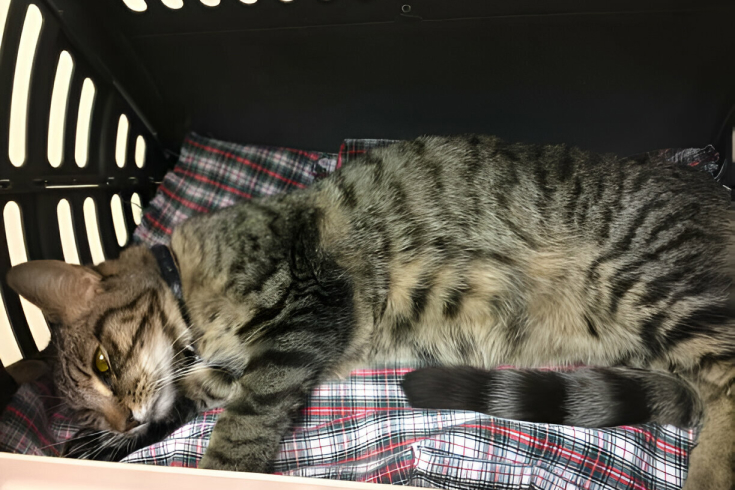Whats the topic for today?
Immune Mediated Haemolytic Anaemia
Thats quite a mouthful. What exactly is it?
Its a type of anaemia caused by the body destroying its own red blood cells
Why would the body destroy its own red blood cells
Its one of those diseases where we don’t know exactly why but basically the immune system starts to treat red blood cells as though they are a foreign material and the body produces antibodies against them to destroy them.
What sorts of things could make this happen?
We believe it’s due to a foreign substance entering the body which somehow causes a change in the red blood cells. The sorts of things that might do this include infection with viruses or bacteria, parasites and toxic substances. In rare instances it might even be caused by a reaction to a drug.
Are there specific types of infection that cause this?
Any infection could potentially cause it but there is an organism called haemobartonella that specifically causes an immune mediated haemolytic anaemia in cats.
How does that organism specifically cause this?
It attaches itself to the outer membrane of red blood cells so that the body thinks the red blood cell is a foreign material. This causes the antibody production that we have talked about.
Can it be cured?
Yes the haemobartonella can be killed with a course of a particular antibiotic
What about cases that aren’t caused by an infection. Can those be cured?
Often yes but sometimes no. We treat with drugs that suppress the immune system to reduce the antibody response. Sometimes the animal has to be on these drugs for life but often it is just for a few months.
What about blood transfusions. Do you ever need to give those?
Yes but only if the blood cell destruction is severe. The problem with blood transfusions in these cases is that the antibodies which are destroying the animals own blood cells will also quickly destroy any blood cells that we give it in a transfusion.
What are the symptoms of anaemia?
The symptoms of anaemia in general include feeling lethargic, a rapid heart rate and very pale gums. However in immune mediated haemolytic anaemia the gums are often yellow.
Why yellow?
When the red blood cells are destroyed a yellow pigment is released into the blood and this colour can be seen in the gums and also the whites of the eye. This is what we call jaundice.
Is that how you can tell what type of anaemia you are dealing with, from the colour of the gums?
Partly but there are also a selection of lab tests available to tell us if the anaemia is likely due to blood loss, blood cell destruction or a reduction in blood cell production.
It sounds quite complicated.
It is as there is no one definitive test and we have to weigh up all the clinical evidence before making a final diagnosis.
